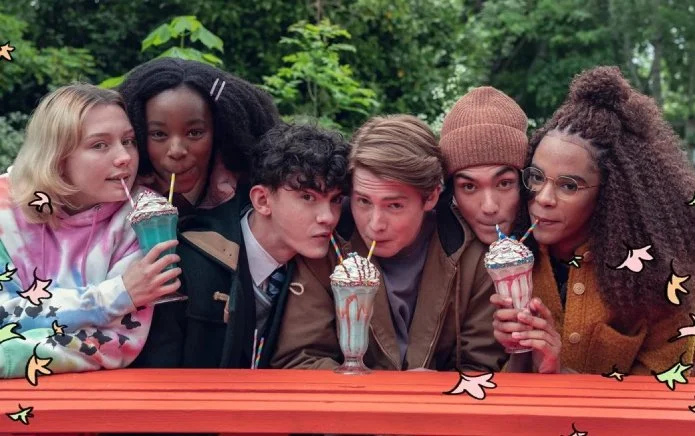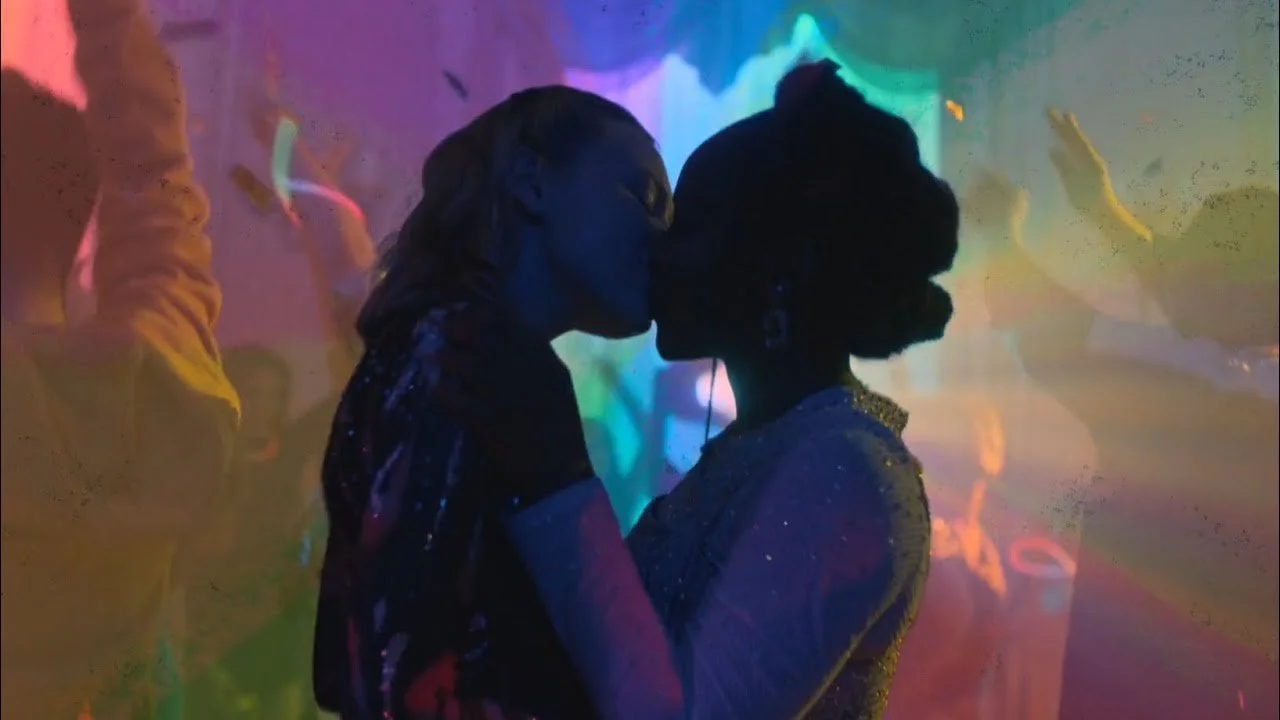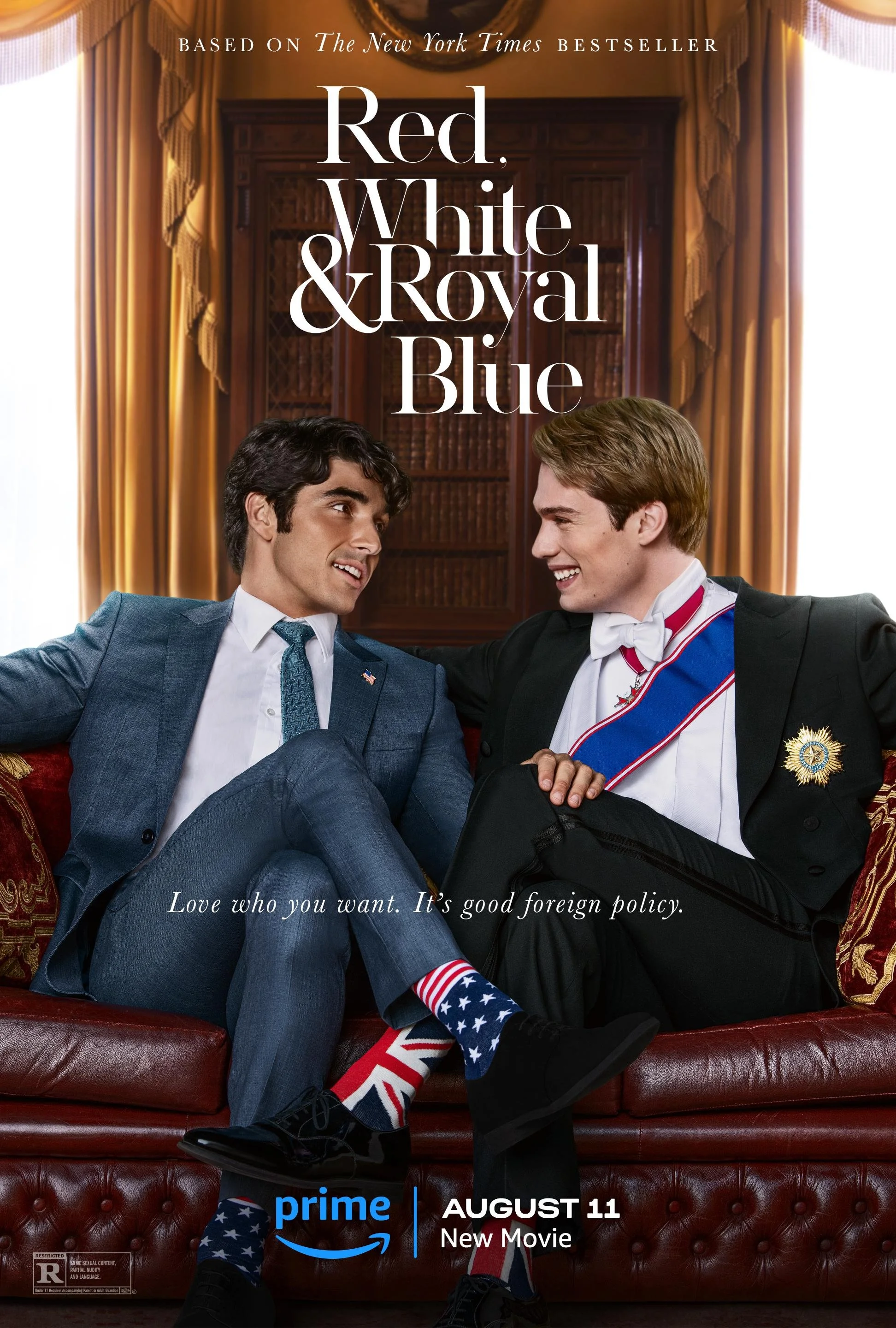The Beauty of…LGBTQ+ Representation in Film and TV
Representation matters. We’ve all heard it, and we all know it to be true. Why, then, does something feel so special about the past few years of LGBTQ+ representation in film and television? When I first came out as a middle schooler in 2018, I felt like my experiences were completely unique. I didn’t realize that being young and confused, being outed, and desperately grasping at the concept of pride were universal experiences. That was, until I watched Heartstopper.
Heartstopper, a two-season British TV show following queer high schoolers in their journey of self-discovery and love, was the first time I saw my own story reflected in the media without tragedy. This sentiment was universally felt and is one of the main reasons the show’s popularity skyrocketed. Heartstopper includes storylines of being confused about sexuality, being outed, and the transgender experience, all of which are intertwined with mainstream coming-of-age themes such as finding love, forming friendships, and learning what it means to be yourself.
Yet everything isn’t all sunshine and rainbows; the narrative doesn’t shy away from the harder and darker aspects of the characters’ lives and storylines. It is grounded in reality, firmly enough for viewers to still find its content relatable.
But what makes the show special is its emphasis on how good things can be. How positive storylines do exist, and how we are all capable of getting our own.
The power of representation even serves as a meta-narrative within the show. Nick — a 16-year-old boy confused and scared about his sexuality—sees two of his friends, Tara and Darcy, openly kissing at a party. The scene has superimposed rainbow colors and slow-motion shots, adding to the slight surrealness of the moment, and shows Nick noticeably happier and more comfortable with himself as he smiles and goes to find his love interest, Charlie. This scene encapsulates the essence of the whole show. We are Nick, and the show is Tara and Darcy. At its core, Heartstopper is about positive representation.
Heartstopper isn’t the only show that has brought positive LGBTQ+ representation into mainstream media. Red, White, and Royal Blue (2023), a movie adaptation of Casey McQuiston’s 2019 book, is a love story following the Prince of England and the son of the US President. The film similarly tells a queer love story without dragging out the tragedies typically drawn to queer narratives, instead focusing on more universal aspects of finding and fighting for love. Queerness is not inherently tragic, nor is it always purely for the plot. This film reinforces the idea that queer love is no different than any other love, and helps end the idea that queer representation is niche and only of interest to queer populations.
Pride and representation are intricately intertwined, and TV and media are uniquely situated to play a powerful role in this relationship, especially for those who don’t have positive representation in their own lives. Shows like Young Royals and Schitt’s Creek also tell queer love stories in the context of mainstream media, and not only allow young queer individuals to see positive stories about their identity told but also allow older audiences to see the beauty in any love story, queer or not.
This rise in representation, in some ways, has been healing for my younger self, the one who never saw my experiences reflected on the big screen, and when it did happen, as a tragic storyline about the difficulties of being queer. These are important, but I already knew them. Sometimes, all we need is a feel-good show that reminds us that we can be happy too. To my younger self, I tell her—just wait, better will come.





